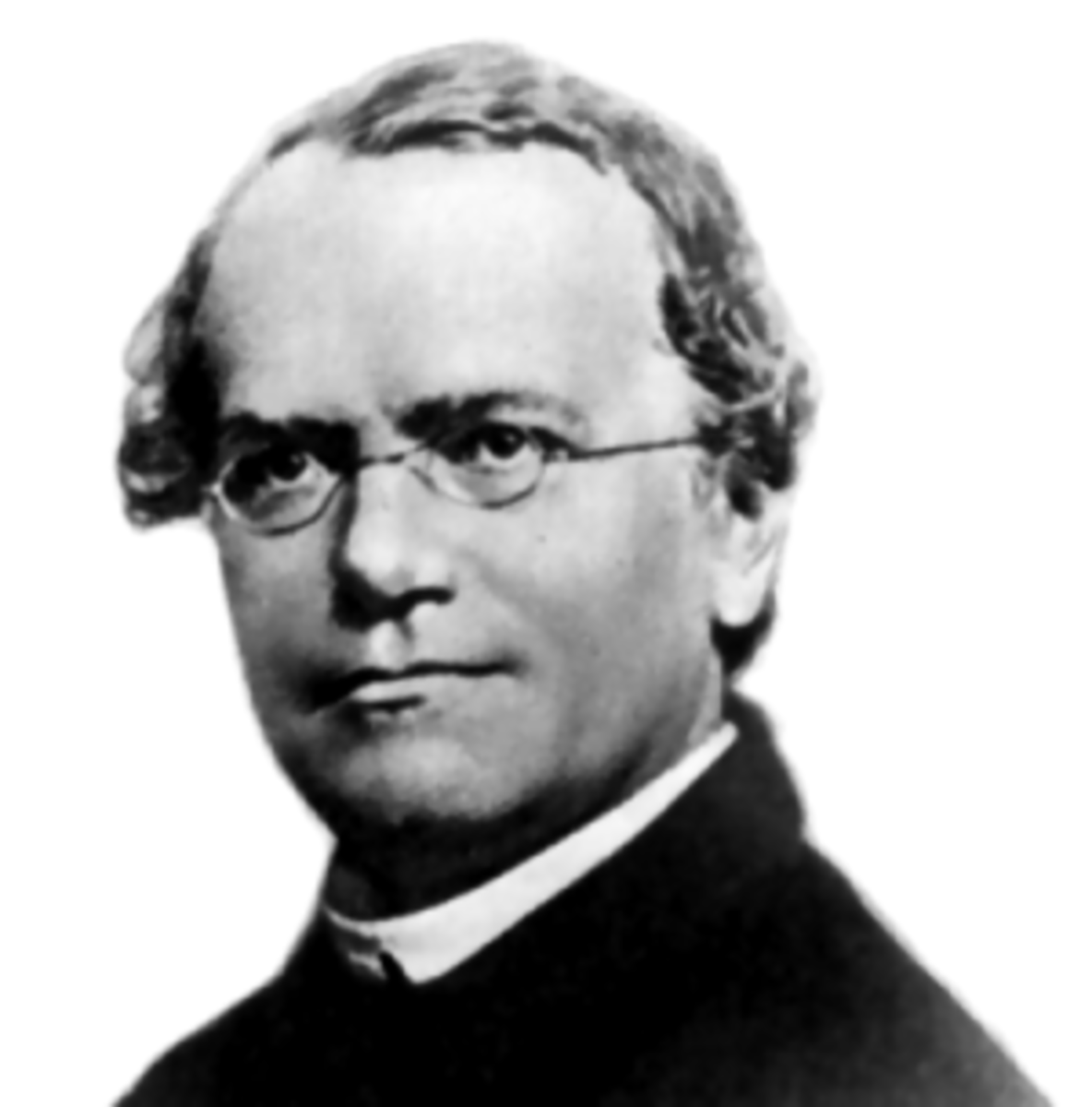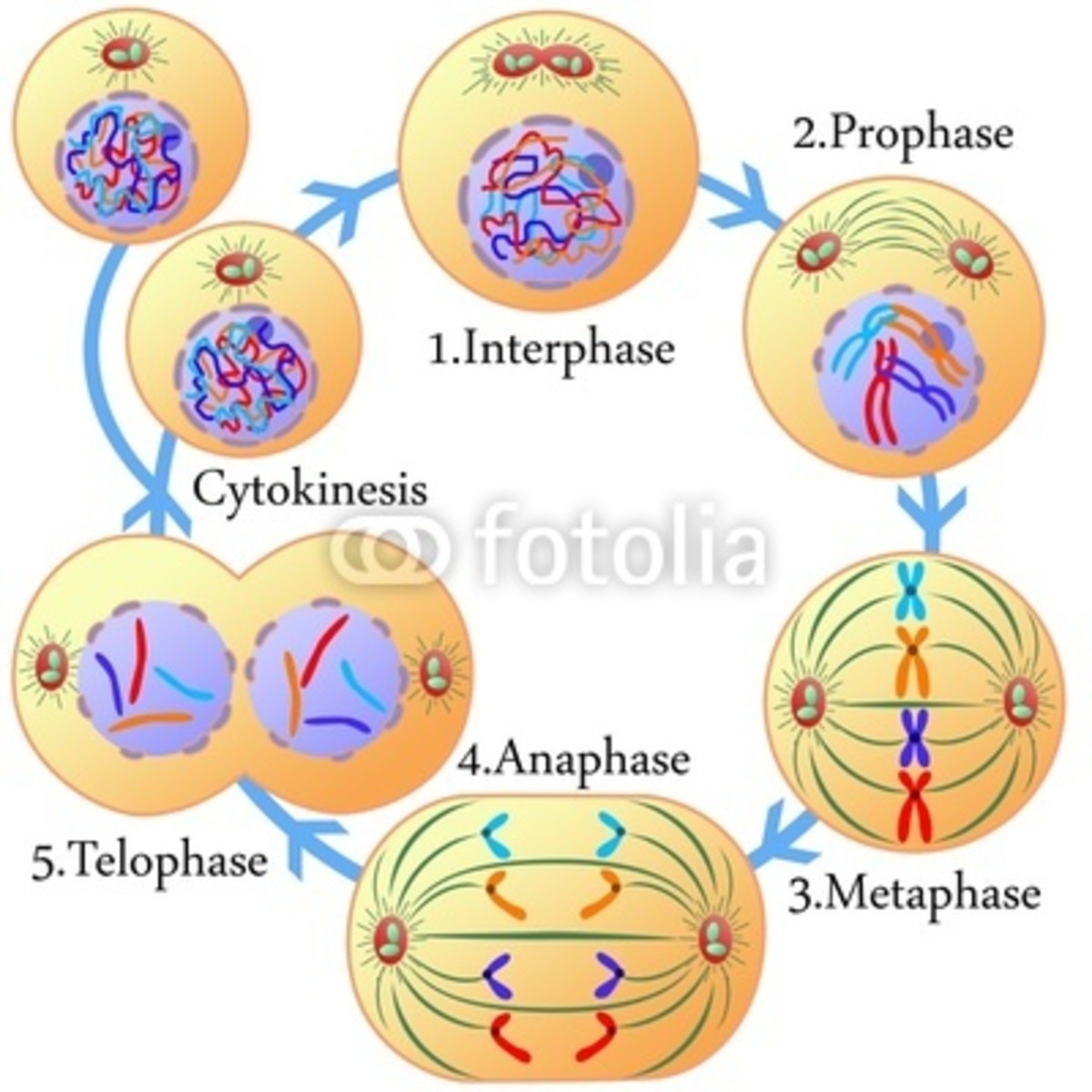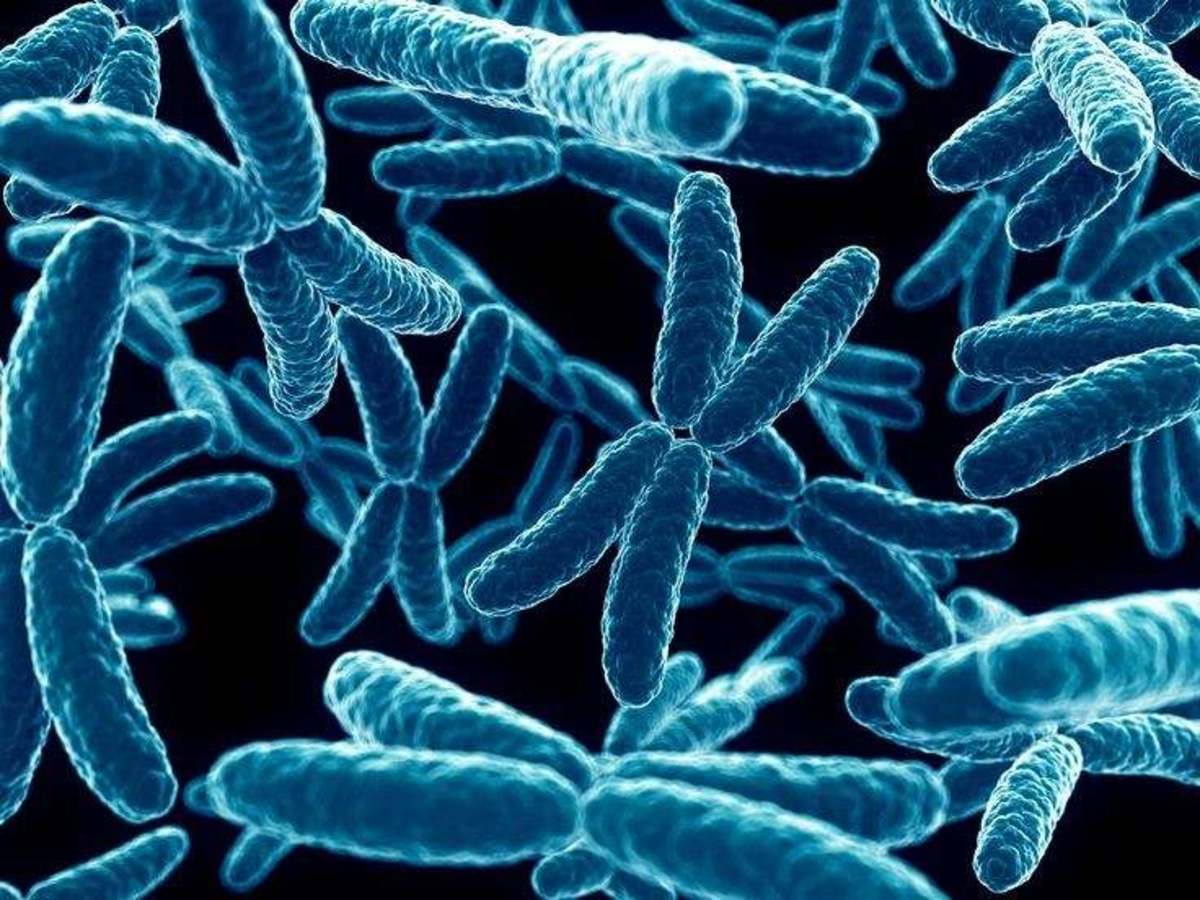Gregor Mendel, the Father of Genetics
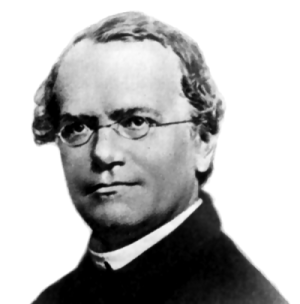
The father of genetics
With most branches of modern science it is difficult to point to the one person who really started it all, usually the beginnings of the discipline can be traced to many different discoveries, made by many brilliant scientists that all complement each other and give rise to ongoing research. Discovering the main principles of inheritance, however, can be traced back to one man, Gregor Mendel, who is appropriately called the Father of Genetics.
What is most remarkable is that correct rules about how traits are passed on from parents to offspring were discovered by an obscure Augustinian monk breeding common pea plants in the abbey garden. Equally remarkable is the fact that he proposed correct mechanisms, despite not knowing anything about the structure of chromosomes, genes or DNA, which we now know are the carriers of genetic information.
Sweet peas and monks
In the 19th century, the generally accepted theories of inheritance were that what made individuals be as they were was a blending of the characteristics inherited from their parents. At first glance, this sort of makes sense, if a tall woman has a child with a short man, you might expect the child to be of medium height. However, scientists need to rely on empirical observations, not on lazy ‘common sense’.
Mendel worked in the gardens of his abbey, where he noticed that sweet peas had several traits that were always either of one type or another with no intermediates. For example the flowers were either purple or white, with no pink flowers, the seeds are either round or wrinkled, and the pods are either yellow or green.

Yellow or green pea pods?
Between 1856 and 1863, Mendel set up 29000 crosses between plants with different traits by cross-pollination. The pea flower are hermaphroditic and can produce seeds either by self-pollination or cross-pollination. Mendel reproducibly observed certain patterns of inheritance that led him to formulate his two laws of Segregation and of Independent Assortment.
For example he observed that if he crossed a plant that always produced yellow pods in the next generation through self-pollination with the a plant that always produced green pods, all the offspring plants had yellow pods. However when he then crossed the yellow podded F1 offspring to each other, 25% of their offspring (F2 generation) had green pods.
When the F2 plants with green pods where crossed to each other, they always produced pea plants with green pods (F3) generation, one third of the F2 plants with yellow pods always produced F3 plants with yellow pods, but two thirds of the F2 yellow pod plants produced F3 offspring with yellow pods, and F3 offspring with green pods always in the ratio of 3:1. This pattern of inheritance is now called classic Mendelian genetics, and is observed not just with pea plants but with other plants and animals including humans. Many genetic diseases are inherited in a classic Mendelian fashion, where the disease will only be passed on to the children if both parents are carriers of the disease, and the chance of a child having the illness is 1 in 4.
Now we know about genes!
Mendel postulated that traits were inherited from parents to offspring in discrete ‘units’, which we now know are genes made up of DNA. He thought that the patterns he observed could be best explained if each parent carried two units (genes) for each trait, and the offspring inherited one unit from each parent. The genes segregated to the offspring independently of each other, and one allele (‘type’ of gene which determined, for example, whether a seed pod was green or yellow) was dominant over the other.
In the case of the colour of the pods of a plant, the two alleles for the gene for pod colour are yellow and green, with the yellow being the dominant allele. In the first generation the yellow podded plants must have had two yellow alleles (YY) while the green podded plants must have had two green alleles (gg). Offspring from crossing the YY plants to the gg plants had a yellow allele and a green allele (Yg), since they inherited one from each parent. Since the Y allele is dominant all the Yg plants had yellow pods, but when they were crossed to each other their offspring could be YY, Yg or gg. There was a 25% chance of the F2 offspring being gg, so one quarter of the plants had green pods.
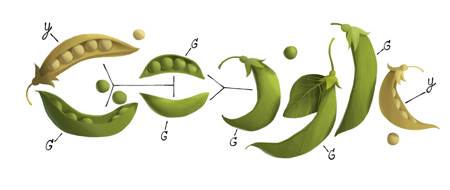
The Mendel Google doodle
Sadly, although Gregor Mendel published his work, it was ignored by the scientific community at the time and, after he became abbot, he gave up on scientific research. The importance of his discoveries was only appreciated when his observations were reproduced by scientists more than a hundred years after his death. We now know the molecular basis of his work, we know that the ‘instructions’ for our traits are coded in the sequence of DNA which makes up our genes.
It is pretty amazing to think that Gregor Mendel worked out the basics of Mendelian inheritance without knowing any of the above, merely by looking at the empirical data from his pea plants and figuring out a model which would agree with his observations. For working all of this so far ahead of his peers he is rightly known as ‘the Father of Genetics’. To commemorate his achievement Google dedicated one of its doodles to celebrate the 189th anniversary of his birth, to his pea pods.

